Colors in the blue range are often referred to as cool. What do you think of the house featured in the above photo? Can you imagine your house in this cool color scheme? The colors shown are from Sherwin-Williams.
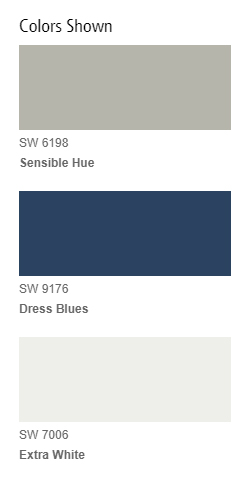
Contact Mike Nading aka The Paint Doctor for your residential or commercial painting projects 541-497-3804.
Gracefully giving classic farmhouse design a fresh, modern update, this palette offers hues of blue and green that are both airy and serene … and perfect for pairing to create rooms of respite and retreat.
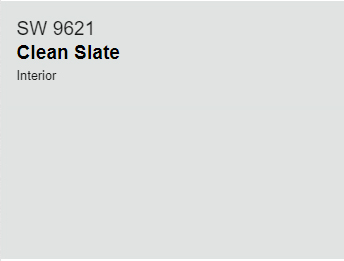
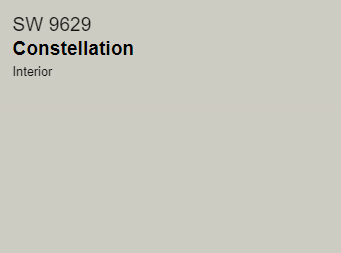
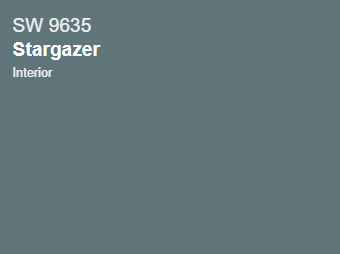
See the full palette at Sherwin-Williams.
When you are choosing your paint color be prepared to the answer the question of sheen, which is how shiny of dull you want your finished product. High-sheen (glossy) surfaces are typically easier to keep clean. These paint formulations traditionally produce the toughest and most stain-resistant finishes – that’s why high-gloss finishes are common in bathrooms, high-traffic areas and kids’ rooms. On the down side, glossy surfaces draw attention to even the smallest flaws in the texture of the wall. If the intention is to hide or downplay a space, high-sheen paint should be avoided.
Most brands of paint come in several sheens, and both latex and oil-based paints are available in different sheen levels. Gloss sheens have the highest light-reflective characteristics. Next are semigloss sheens; then satin, eggshell, or low-lustre sheens; and then flat or matte sheens.
You’ve got some painting to do and you may be thinking, “I’ll just paint it white.” Not so fast, there Skippy. White is almost never pure white. There are undertones with as many tints, tones and saturations as you can imagine. So even when you are choosing white, you need to choose the right white.
To get a good idea of the range, you can visit Sherwin-Williams Digital Color Wall. You can enter “white” in the search or just check out the white end of the spectrum you see on your screen.
It’s also a good idea to get a bunch of color chips. You can get up to 10 2″ x 3″ ColorSnap color chips delivered free from Sherwin-Williams. With the color chips, you can see them in your home with other décor objects and in your home lighting.
White is a good choice. Which white is not so easy. Ask the Paint Doctor which whites they use the most.
Painting an entry door is usually a project in itself. Often the color and sheen are unique and can really create a statement for the exterior of the home.
Entry doors are often made of materials you don’t find anywhere else on the house exterior – perhaps fiberglass or steel. These surfaces require a thorough knowledge of primers for coverage, adhesion and longevity. Often the finish coat application is similar to automotive painting and requires a deft touch with the sprayer.
Windows in doors (called lights) can vary in configuration and construction techniques. Some door manufacturers will premask the lights. Some lights require experience with the glazing, which can spill over onto the surface to be painted. Think about the number of masked edges on a 15 light door. That’s 45 pieces of tape per single door side or 180 pieces on a double french doors inside and out. That’s a lot of masking!
Door sealing along all edges is essential, since it is exposed to higher humidity than most interior doors. Sealing the edges can prevent moisture penetration, which can prevent discoloration, delamination and warping.
Got an entry door that needs painting? Call the doctor.
Pro painters know how to properly load a brush for cutting in, for outside corners, open wall space and trim details. Not enough paint means you’ll over work it trying to get the coverage. Too much paint means you’ll lack control on your edges and eventually have a dripping mess on your hands.
Pro painters know how to load the brush and how to get consistent coverage and leveling by applying paint with the right speed and pressure. It’s a pro move. Your best pro move might be to call the Paint Doctor to avoid those unsightly brush marks.
Depending on terrain, building design and ground conditions, ladder work can be a two-man job.
Just another reason to call the pros at Paint Doctor’s Painting.
Professional painters use professional equipment. It may seem to some that a paint brush is just a stick with bristles. There is a lot more to these essential tools than first meets the eye. You will get your best results matching the brush to the paint and to the job at hand. Sherwin-Williams offers some great help with it comes to choosing the right brush for your project:
Sherwin-Williams paint brushes come in a variety of sizes, end types and bristles. A high-quality brush can mean a better-looking job with less effort. Why? Because a good-quality brush holds more paint and applies it more evenly, which can save you time and help you get the results you want.
Sherwin-Williams paintbrushes are available in widths from 1 to 4 inches. The size you select is up to you, but a good rule of thumb is:
Primers fill and bind with underlying surfaces, which keeps the finish coat from peeling or from soaking unevenly into the surface.
Primer is formulated to adhere to the surface below while providing the best possible surface for the finish coat. Primers fill and bind with underlying surfaces, which keeps the finish coat from peeling or from soaking unevenly into the surface.
When top coat paint is applied directly to bare wood, the wood can absorb components of the paint preventing it from forming the proper bonds, which weakens the paint so it can easily crack or peel. Bare wood also has color variations in the grain which primer helps cover. Additionally, some types of wood also has natural tannins and may require alkyd/oil primer to trap the tannins and keep them from bleeding through to the surface.
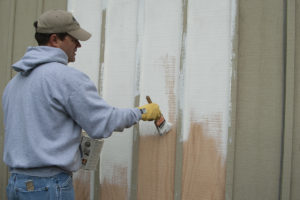
Application specific primer is also important on new drywall (first time to be painted). Drywall paper surface and joint compounds are very porous and can unevenly soak in components of the finish-grade paint making it weaker, causing uneven color and uneven sheen. A quality drywall first coat such as Sherwin-Williams PVA Drywall Primer & Sealer can help make your newly drywalled project a big success.
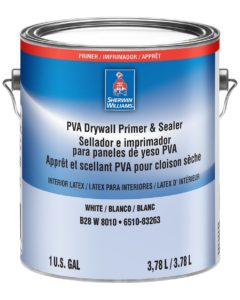
Primers can be a big help when you are changing paint colors from dark to light or light to dark by creating an even, neutral base coat that allows your new color to actually be the one you chose. Without a primer coat the color of your old paint could affect the final tint.

One of the great benefits of working with Paint Doctor’s Painting is the expertise we bring when it comes to using the right primer for your project. Your unique project requires a specific prescription and we highly recommend you follow the Doctor’s instructions. Call Mike at 541-497-3804.
When you hire the pros at Paint Doctor’s Painting, you get an entire crew doing all of those difficult painting operations at once with the speed and accuracy that comes with doing the job right the first time every time.
Paint Doctor’s Painting would love to transform your interior spaces with the color of your choosing or give some new curb appeal to your exterior. Call Mike at 541-497-3804.
When you consider the amount of time involved in doing your own paint project compared to hiring the Doctor, we think you will agree. Many property owners significantly underestimate what it takes to wash, prep, caulk, fill, sand, scrape, mask, pack, place, climb, spray, roll, brush, move and do it all again.
However, when you hire the pros at Paint Doctor’s Painting, you get an entire crew that is doing all of these operations at once with the speed and accuracy that comes with doing the job right the first time every day. Rather than having your house in that paint-job-in-process mode for weeks, you can have the whole job completed in a day or two.
Consider also the safety factor. We have the equipment and knowledge to do the job safely. When you consider how each time you move a ladder and reset it you have to get it just right and even then you are climbing, reaching and working off that ladder… Better left to the pros.
Call Mike at 541-497-3804.